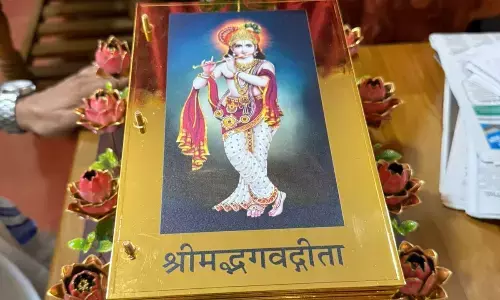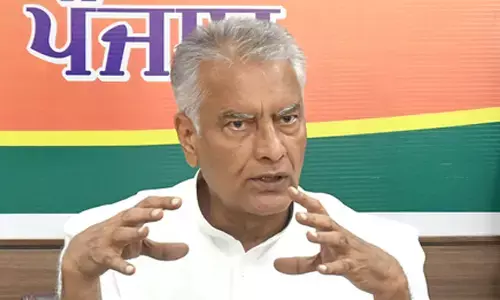State staring at a drought? All reservoirs still below pre-monsoon levels

Representational image
Uncertainty looms over the onset of the rainy season in our state as 12 days have elapsed since the monsoon's arrival, yet there has been no significant increase in rainfall.
Bengaluru: Uncertainty looms over the onset of the rainy season in our state as 12 days have elapsed since the monsoon's arrival, yet there has been no significant increase in rainfall. Consequently, the water storage in all 24 dams across the state remains stagnant, with a shortfall of 110 TMC compared to last year's levels. This is an alarming situation that raises concerns about potential water scarcity in the days to come.
The ramifications extend beyond the realms of irrigation and hydropower generation; they pose a threat to the very livelihoods of our communities. In light of these circumstances, it becomes imperative to assess the current state of all dams and explore opportunities to enhance water storage capacity. Additionally, it is essential to understand the government's strategies for dealing with drought scenarios.
The major reservoirs in our state can be categorized into three groups: Krishna, Kaveri, and Godavari river reservoirs. Among these, the Krishna Valley hosts the highest number of dams, totaling 17, followed by 5 dams in the Kaveri river basin and 2 dams in the Godavari river basin. Presently, the water storage in the Krishna Valley reservoirs stands at 112 TMC, while the Kaveri Valley holds 47 TMC and the Godavari Valley retains 6 TMC. This is the first time in the past three years that the water levels in the dams have reached such a critical low, prompting genuine concern as they fail to reach even half of their capacity.
The current water levels in the major reservoirs are as follows:
Krishna Valley: 23% capacity
Kaveri Valley: 27% capacity
Godavari Valley: 64% capacity
Comparing the data from the previous three years, it is evident that by June 20th, there should have been at least 230 to 250 TMC of water in the state's reservoirs. Unfortunately, this year paints a disheartening picture, with only 165 TMC of water stored by the same date. These alarming figures emphasize the severity of the situation at the onset of the rainy season, fueling concerns about the future consequences. The distressing decline in water levels further manifests in some of the state's primary reservoirs:
1. KRS Dam:
- Total Capacity: 49 TMC
- Current Storage: 9.9 TMC
2. Tungabhadra Dam:
- Total Capacity: 105 TMC
- Current Storage: 4.5 TMC
3. Alamatti Dam:
- Total Capacity: 130 TMC
- Current Storage: 19.9 TMC
These examples are just a glimpse of the overall situation. All 24 dams across the state face similar circumstances, with an average water storage deficit of 40% compared to last year.
The water levels in the Kaveri and Krishna Valley dams are particularly alarming, posing significant risks to agriculture and drinking water supplies. If this situation persists, the city of Bengaluru may confront a severe water shortage, further exacerbating the potential for conflicts over the Cauvery River water dispute with Tamil Nadu.

















